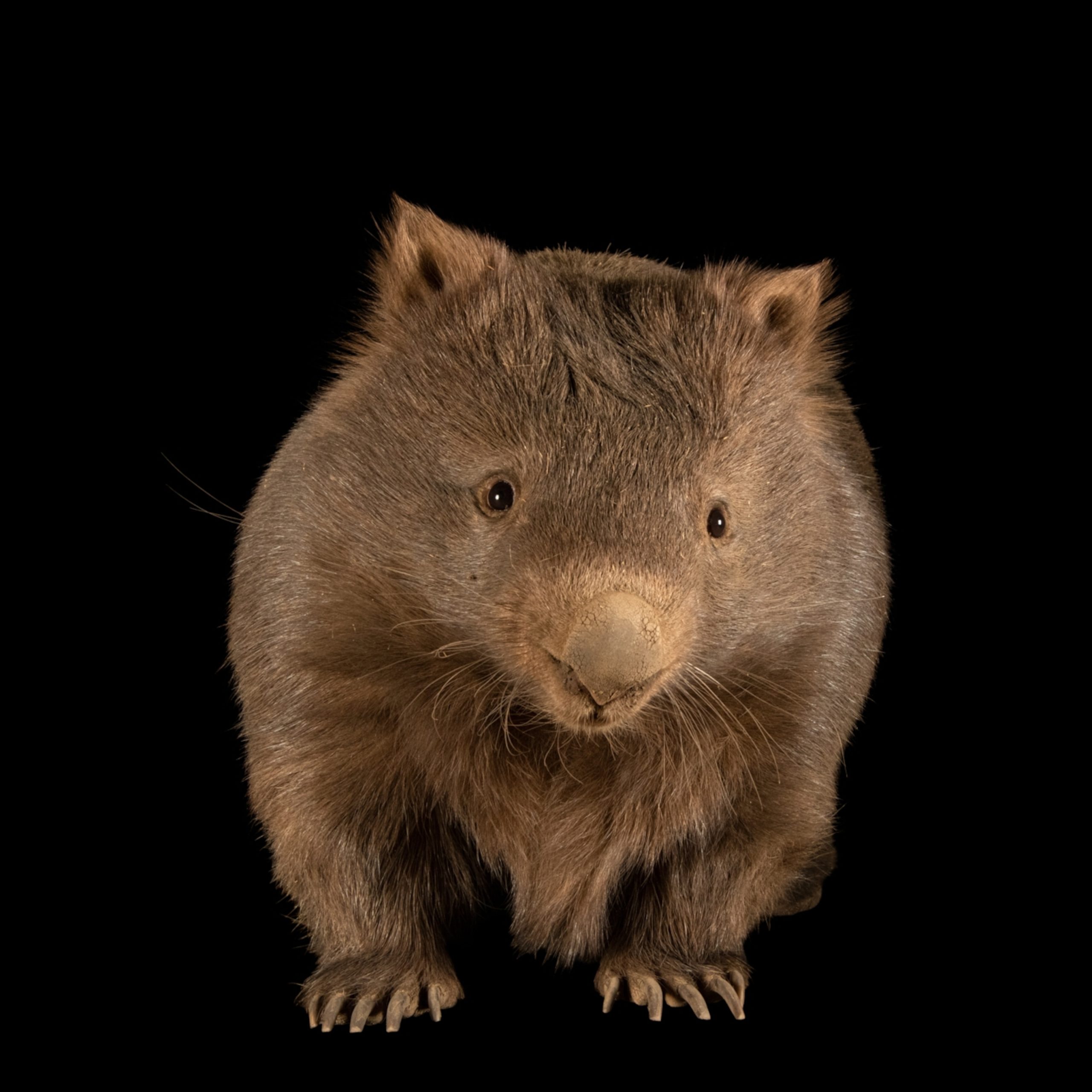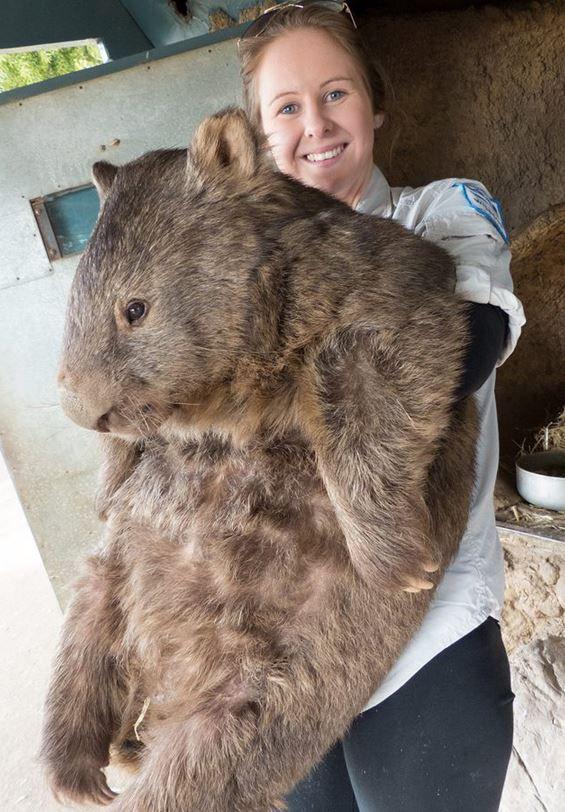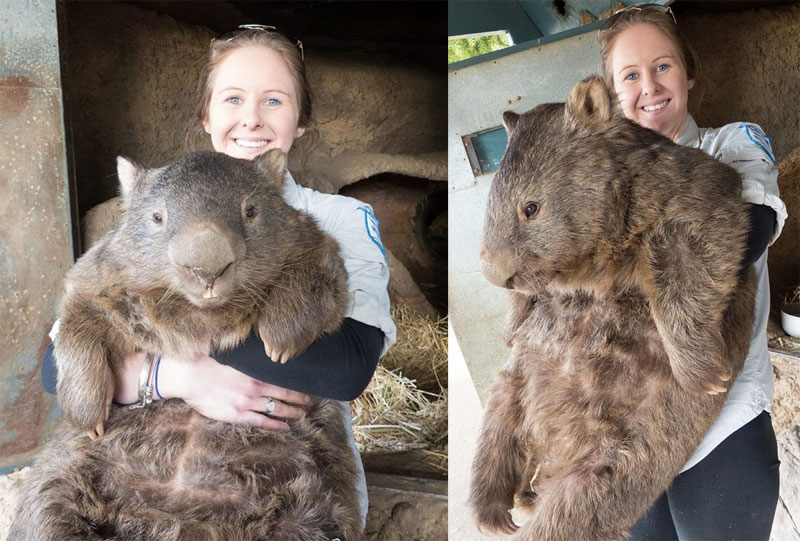Have you ever wondered which creature holds the title of the fluffiest marsupial? Your mind might travel to koalas or possums, but it’s the humble wombat that deserves center stage. In the realm of unusual furry animals, wombats stand out for their adorable appearance, burrowing expertise, and fascinating characteristics.
What is a Wombat?
Wombats are short-legged, muscular marsupials native to Australia. They are part of the Vombatidae family and are classified into three species: the Common Wombat, the Northern Hairy-nosed Wombat, and the Southern Hairy-nosed Wombat.
Common Wombat
The Common Wombat is the most widespread species. Known scientifically as Vombatus ursinus, they prefer forests, mountainous regions, and heathlands.
Northern Hairy-nosed Wombat
This species, Lasiorhinus krefftii, is one of the most endangered mammals in the world. Their population is confined to a small area in Epping Forest National Park in Queensland.
Southern Hairy-nosed Wombat
The Southern Hairy-nosed Wombat, Lasiorhinus latifrons, dwells mainly in semi-arid regions of South Australia, New South Wales, and Western Australia.
Physical Characteristics
Wombats are built for digging. They have powerful limbs, broad paws, and sharp claws. But their fur is what makes them particularly fascinating.
Fur
Wombat fur ranges from sandy to dark brown. The fur is dense and soft, serving both as insulation and protection. This is crucial for wombats as they spend a significant amount of time in their burrows.
Size and Weight
Wombats are hefty for burrowing creatures. They typically weigh between 44 to 77 pounds and measure about 39 inches in length. Their robust build supports their burrowing lifestyle.

Habitat
Wombats are incredibly skilled at creating extensive burrow systems. These burrows can be more than 100 feet long and have multiple entrances.
Living Conditions
They prefer areas with soft, easily tunnelable soil. Availability of food and water is also essential when it comes to choosing their habitats.
Climate Adaptations
Wombats are adapted to a range of climates, from the humid regions of Queensland to the arid zones of Southern Australia.
Behavior and Lifestyle
Wombats are nocturnal creatures, usually venturing out at night to forage. During the day, they stay within their cool, dark burrows to avoid the heat.
Diet
Wombats are primarily herbivores. Their diet consists of grasses, roots, and bark. Here’s a quick look at their typical diet:
| Food Source | Nutritional Benefit |
|---|---|
| Grasses | Rich in fiber, essential for digestion |
| Roots | Moisture-rich, hydrates wombats |
| Bark | Additional fiber and roughage |
Social Structure
Wombats are largely solitary creatures. They have their own territories marked by scent markings from their anal glands.
Communication
Communication among wombats includes vocalizations, scent marking, and, interestingly, mutual grooming. Grunts, hisses, and growls are common sounds to indicate territory or warn off predators.

Reproduction
Wombat reproduction is an intriguing process.
Mating Season
The breeding season varies depending on the species. For example, Common Wombats tend to mate between September and December.
Gestation and Birth
The gestation period of a wombat lasts about 20 to 30 days. Once born, the baby, known as a “joey,” climbs into its mother’s pouch where it continues to develop for several months.
Joey Development
Inside the pouch, the joey attaches to a teat and remains there for about 6-7 months. After emerging, it will continue to stay close to the mother for feeding until it becomes independent at around 12-15 months of age.
Unique Features
Wombats possess specialized adaptations that make them exceptional among marsupials.
Backward-facing Pouch
One of the most unique features is the backward-facing pouch. Unlike kangaroos and koalas, the opening of a wombat’s pouch faces backwards. This prevents dirt and debris from entering while digging.
Tough Rear End
Their rear ends are covered in thick, tough skin, which they use as a defense mechanism against predators. They can block their burrow entrances by sitting with their backsides facing out, deterring any potential threats.
Cube-shaped Feces
Another surprising fact about wombats is their cube-shaped feces. This peculiar trait helps in marking territory more effectively, as the feces don’t roll away. Scientists believe this shape is an outcome of their digestive process.

Conservation Status
While the Common Wombat is classified as Least Concern, the Northern Hairy-nosed Wombat is critically endangered.
Threats
The primary threats to wombats include habitat destruction, disease, and competition for food. Additionally, vehicle collisions pose a significant risk, especially for the Common Wombat.
Conservation Efforts
Efforts to conserve wombats are extensive, involving habitat protection, breeding programs, and public education. The establishment of protected areas, like the Epping Forest National Park for the Northern Hairy-nosed Wombat, has been instrumental.
Fun Facts
Let’s round off with some delightful facts about these furry marsupials:
- Slow Metabolism: Wombats have one of the slowest metabolisms among mammals, allowing them to survive on a fibrous, low-nutrient diet.
- Long-lived: In the wild, wombats can live up to 15 years, but in captivity, they can reach the age of 30 years.
- Teeth: Their incisors never stop growing, similar to a rodent’s, which is vital for their gnawing food sources.
Wombats hold a special place in the tapestry of unusual furry creatures. Their adaptation to life as burrowers, their distinctive backward pouch, and charming disposition make them not only the fluffiest marsupial but also an extraordinary member of the animal kingdom. Whether you’re fascinated by their biology, their role in the ecosystem, or simply their cuddly appearance, wombats are creatures worth appreciating.


